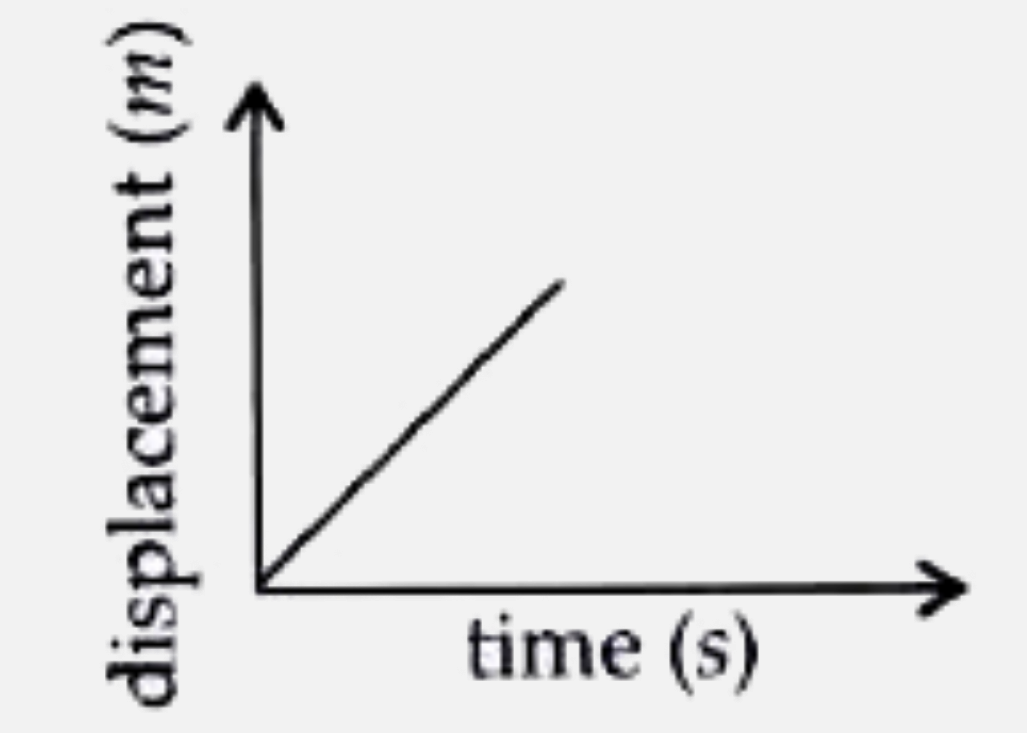The position and velocity of an can be determined precisely
Step by step video & image solution for The position and velocity of an can be determined precisely by Chemistry experts to help you in doubts & scoring excellent marks in Class 11 exams.
Updated on:21/07/2023Topper's Solved these Questions
- ATOMIC STRUCTUREBOOK - CENGAGE CHEMISTRY ENGLISHCHAPTER - ATOMIC STRUCTUREEXERCISE - Archives (Linked Comprehension
3 Videos
- ATOMIC STRUCTUREBOOK - CENGAGE CHEMISTRY ENGLISHCHAPTER - ATOMIC STRUCTUREEXERCISE - Archives Multiple Correct
7 Videos
- ATOMIC STRUCTUREBOOK - CENGAGE CHEMISTRY ENGLISHCHAPTER - ATOMIC STRUCTUREEXERCISE - Exercises Fill In The Balnks
56 Videos
- APPENDIX - INORGANIC VOLUME 1BOOK - CENGAGE CHEMISTRY ENGLISHCHAPTER - APPENDIX - INORGANIC VOLUME 1EXERCISE - chapter-7 Single correct answer
1 Videos
- CHEMICAL BONDING AND MOLECULAR STRUCTUREBOOK - CENGAGE CHEMISTRY ENGLISHCHAPTER - CHEMICAL BONDING AND MOLECULAR STRUCTUREEXERCISE - Archives Subjective
15 Videos
Similar Questions
The position and velocity of earth can be determined simultaneously with a fair degree of accuracy.Comment.
View SolutionAssertion (A) : The position of electron can be determined with the help of an electronic microscope.
Reason (R) : The product of uncertainty in momentum and the uncertainty in the position of an electron cannot be less than a finite limit.
View SolutionThe activation energy of a reaction can be determined by
View SolutionThe activation energy of a reaction can be determined by
View SolutionIf position and momentum of an electron are determined at a time then value of ΔP is obtained 3ΔX, now the uncertainity
in velocity of electron will be :−
View SolutionThe motion of a body is represented by the following displacement-time graph.

How can the velocity of the body be determined from the above graph?
View SolutionIt is not possible to determine precisely both the position and momentum (or velocity) of a small moving particle such as electron, proton etc. This is known as Heisenberg uncertainty principle. The mathematical form of this principle is :
Δx.Δp≥h4π (constant)
However this principle is irrelevant in case of bigger particles such as a cup, ball, car etc., that we come across in our daily life.
If uncertainty in position and momentum are equal, the v uncertainty in velocity would be
View SolutionIt is not possible to determine precisely both the position and momentum (or velocity) of a small moving particle such as electron, proton etc. This is known as Heisenberg uncertainty principle. The mathematical form of this principle is :
Δx.Δp≥h4π (constant)
However this principle is irrelevant in case of bigger particles such as a cup, ball, car etc., that we come across in our daily life.
In case of small microscopic particles, Heisenberg's uncertainty principle rules out simultaneous exact determination of their
View SolutionIt is not possible to determine precisely both the position and momentum (or velocity) of a small moving particle such as electron, proton etc. This is known as Heisenberg uncertainty principle. The mathematical form of this principle is :
Δx.Δp≥h4π (constant)
However this principle is irrelevant in case of bigger particles such as a cup, ball, car etc., that we come across in our daily life.
If the uncertainty in position of the electron is zero, the uncertainty in its momentum would be
View SolutionHow can the activation enrgy for a reaction be determined graphically?
View Solution
